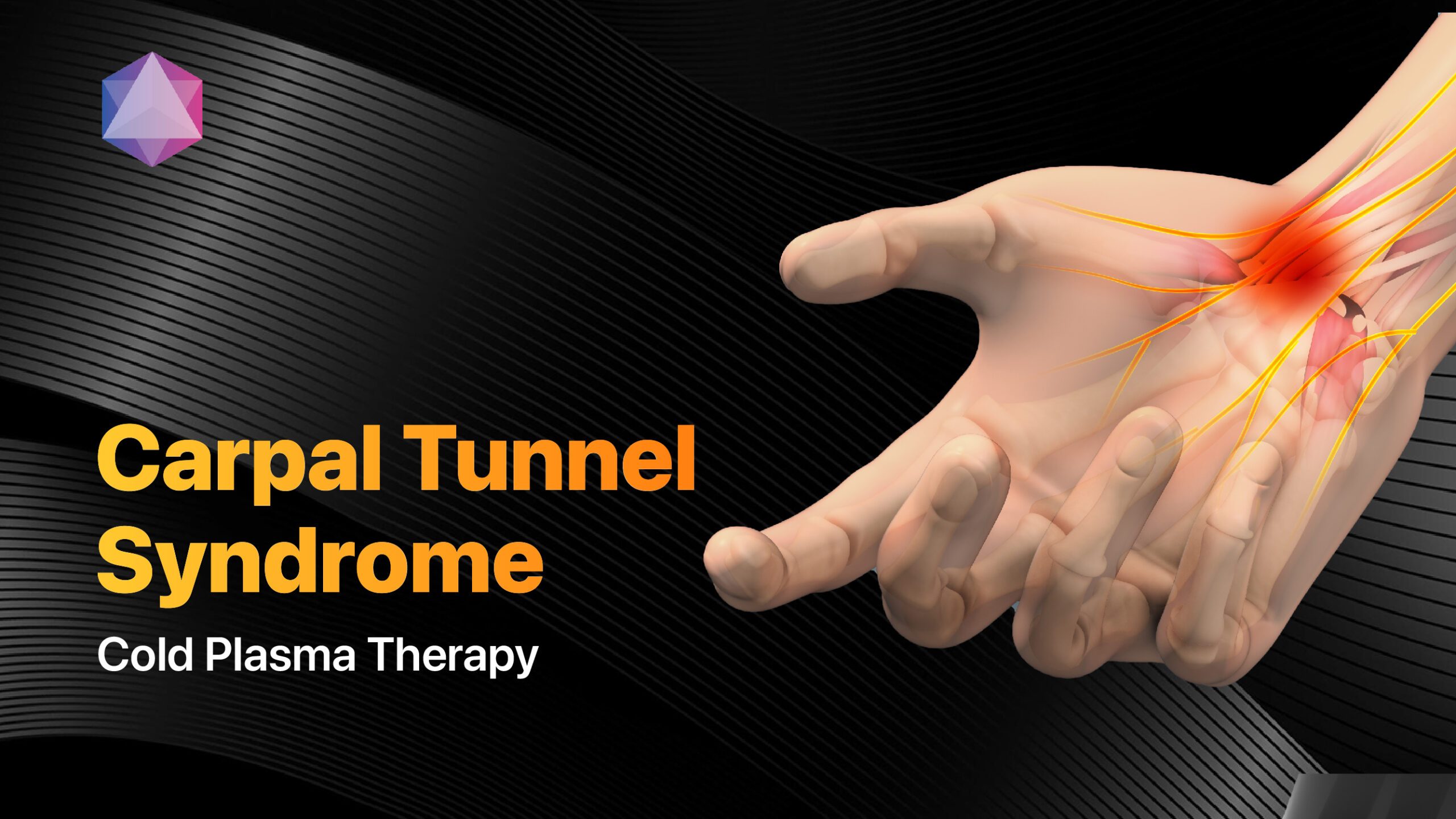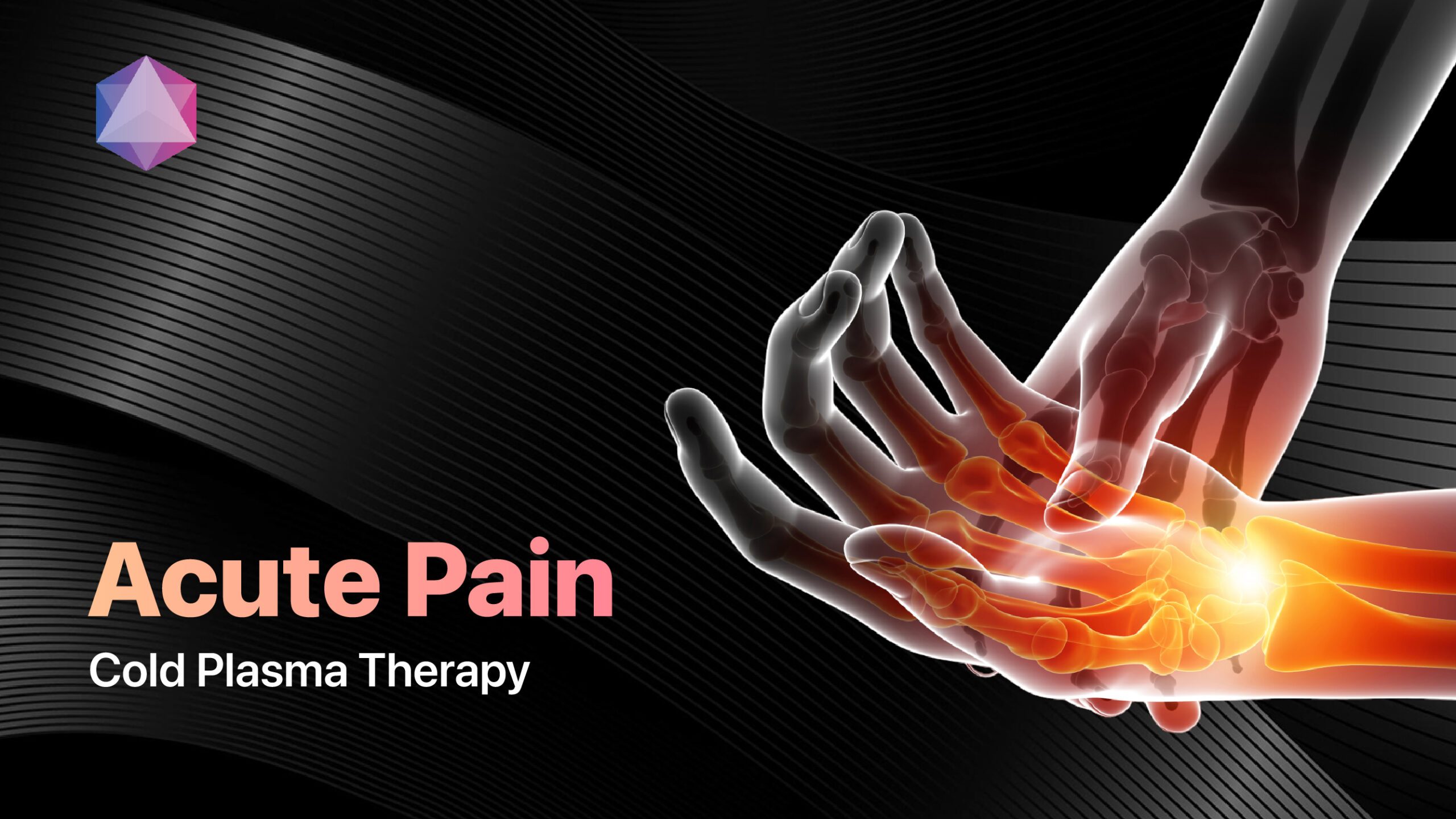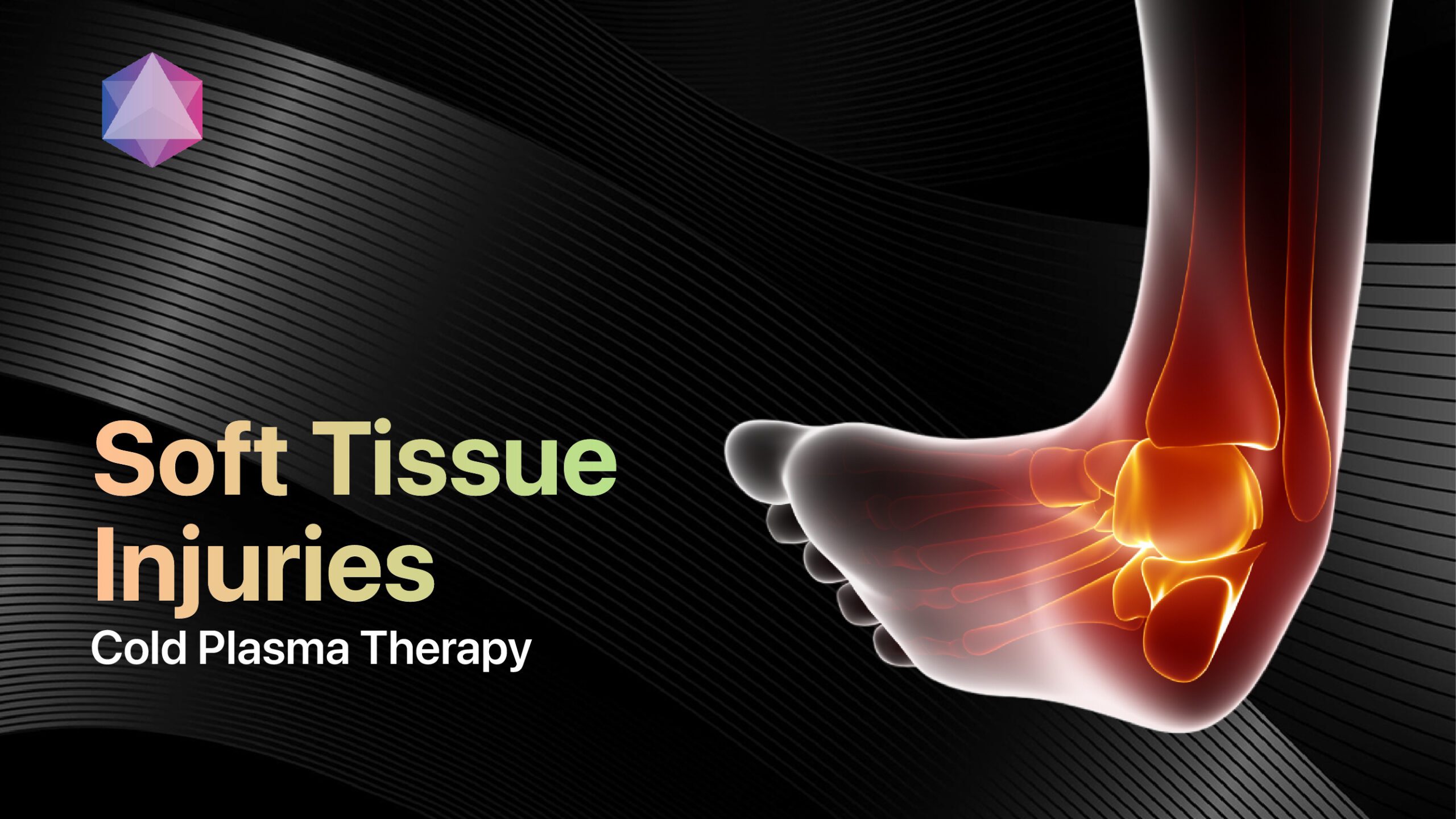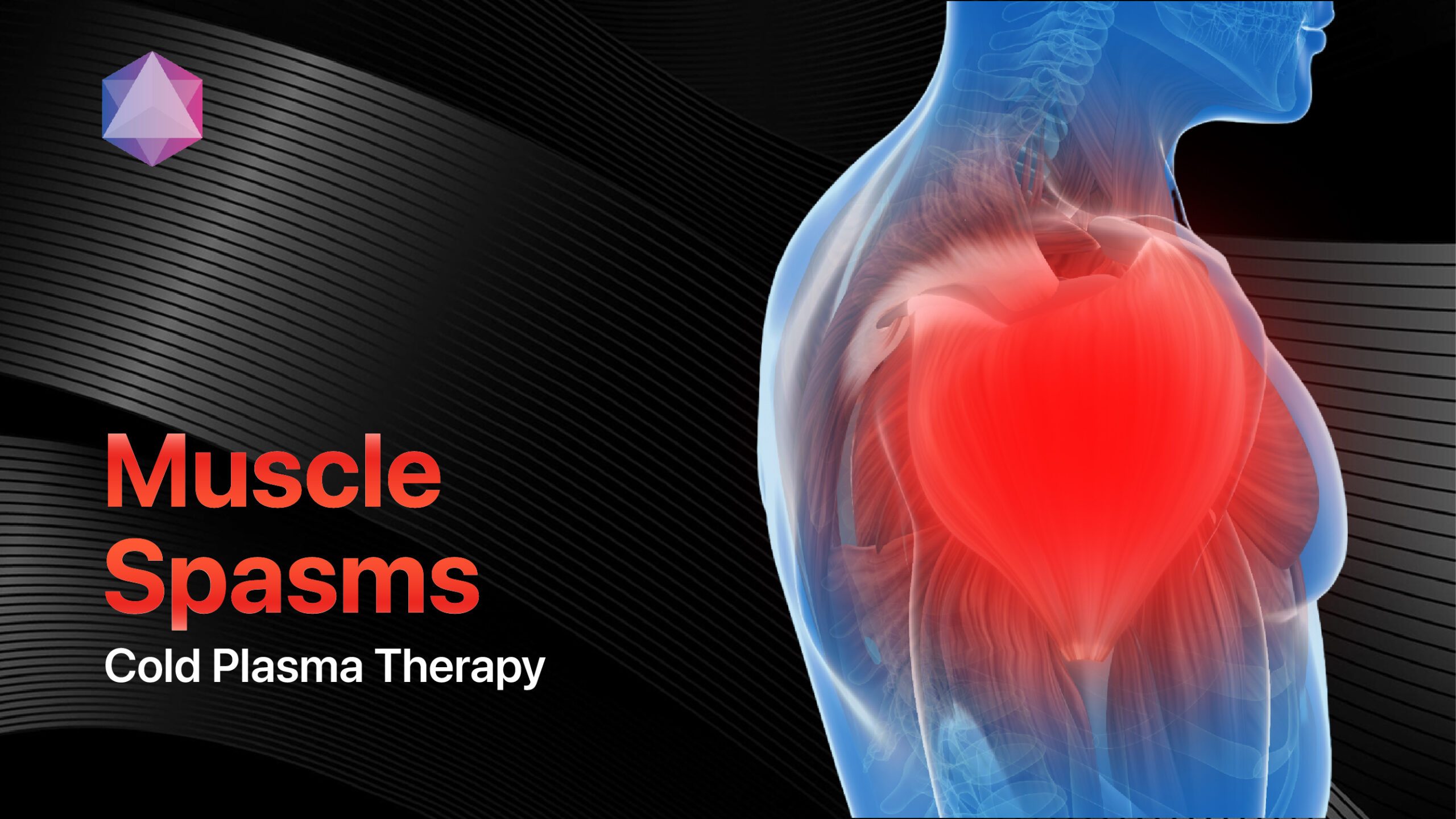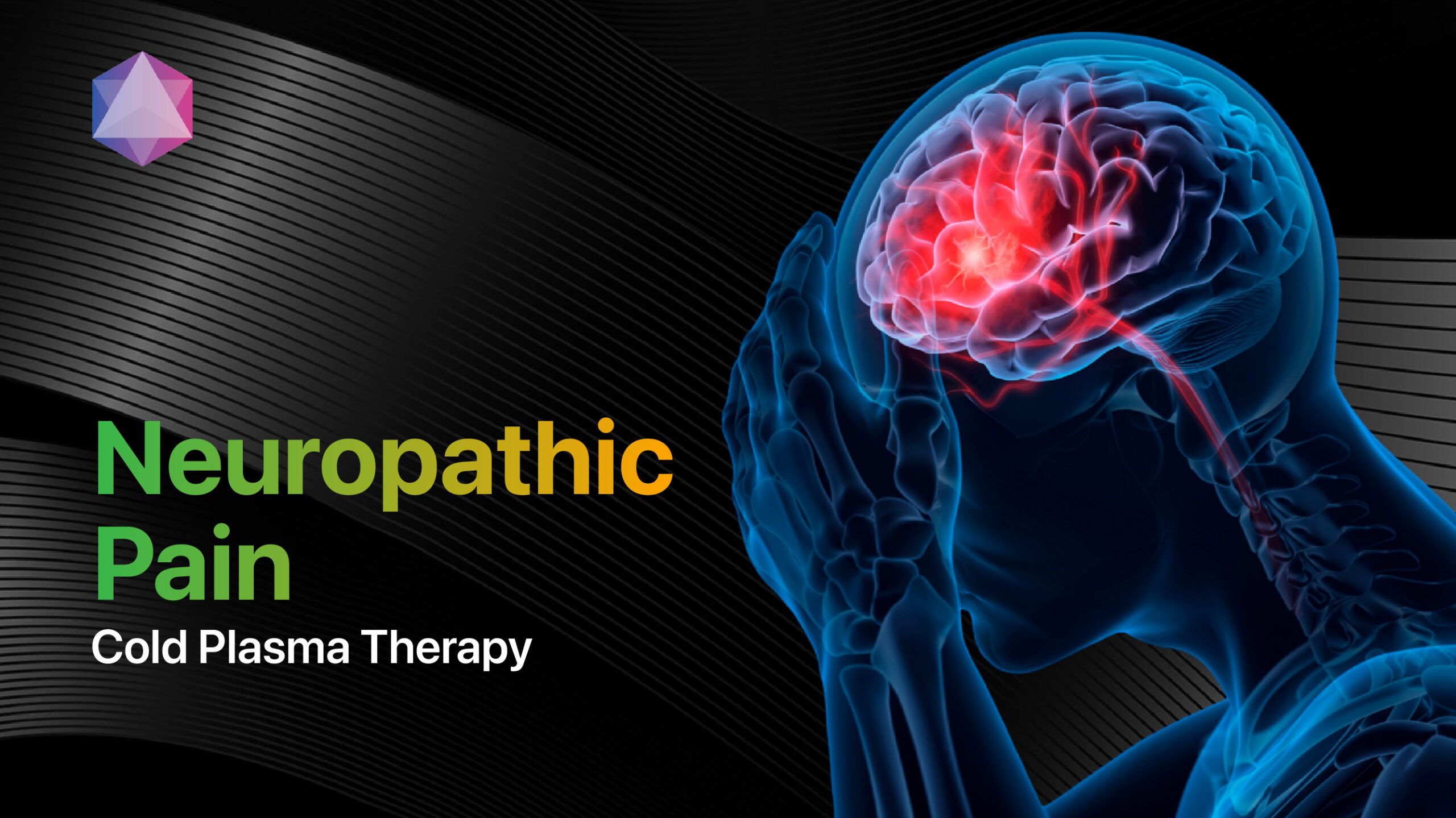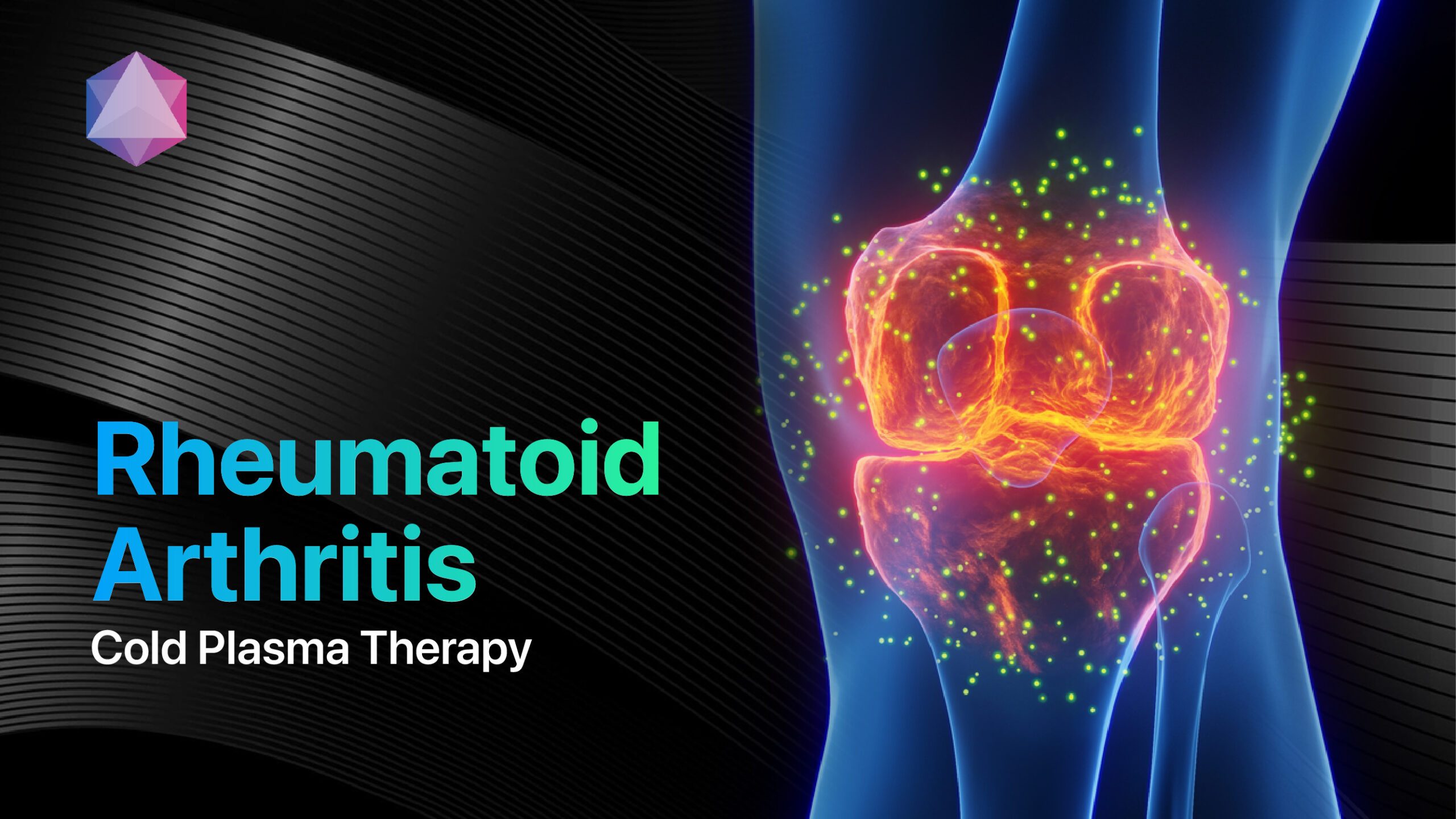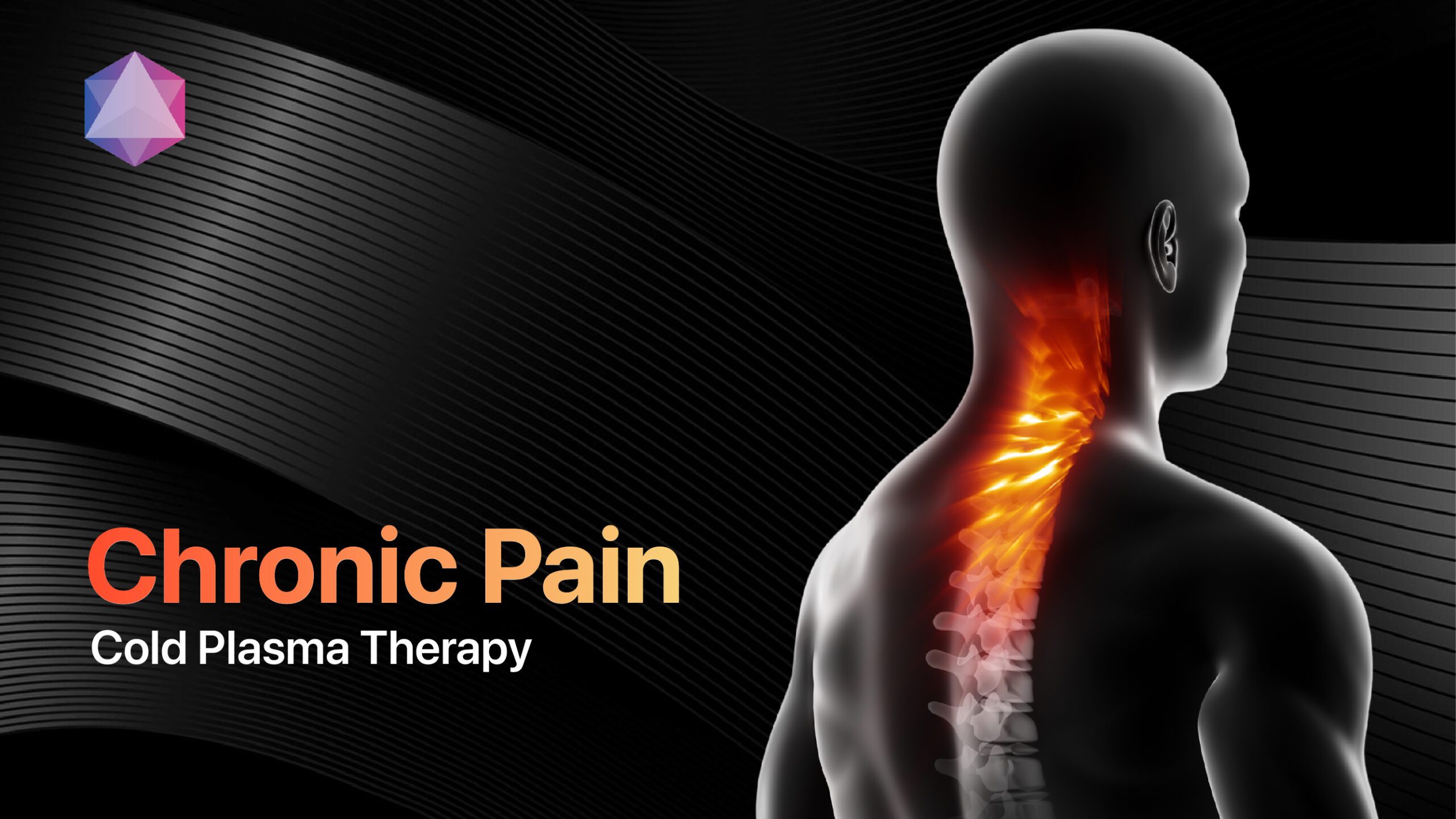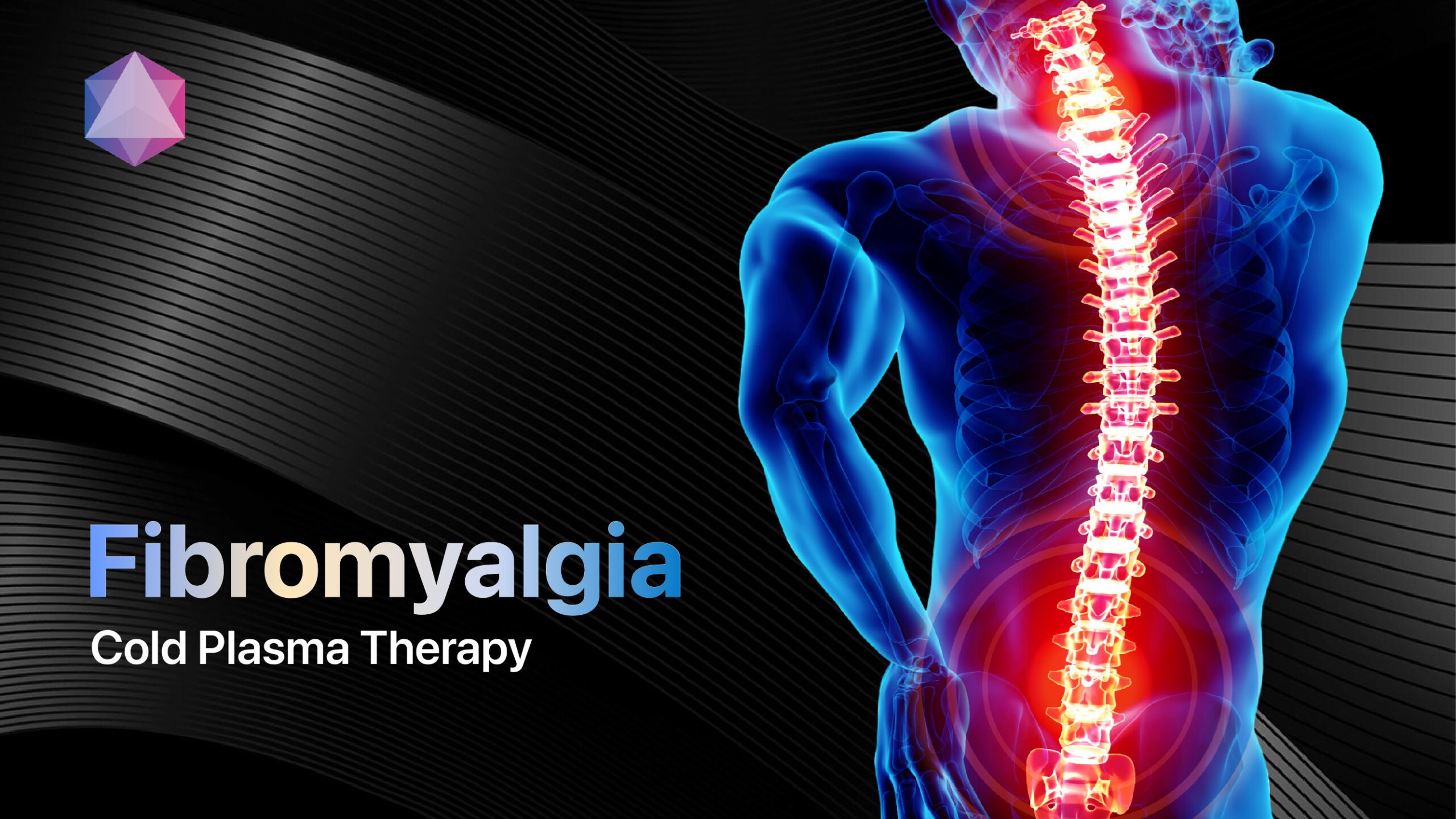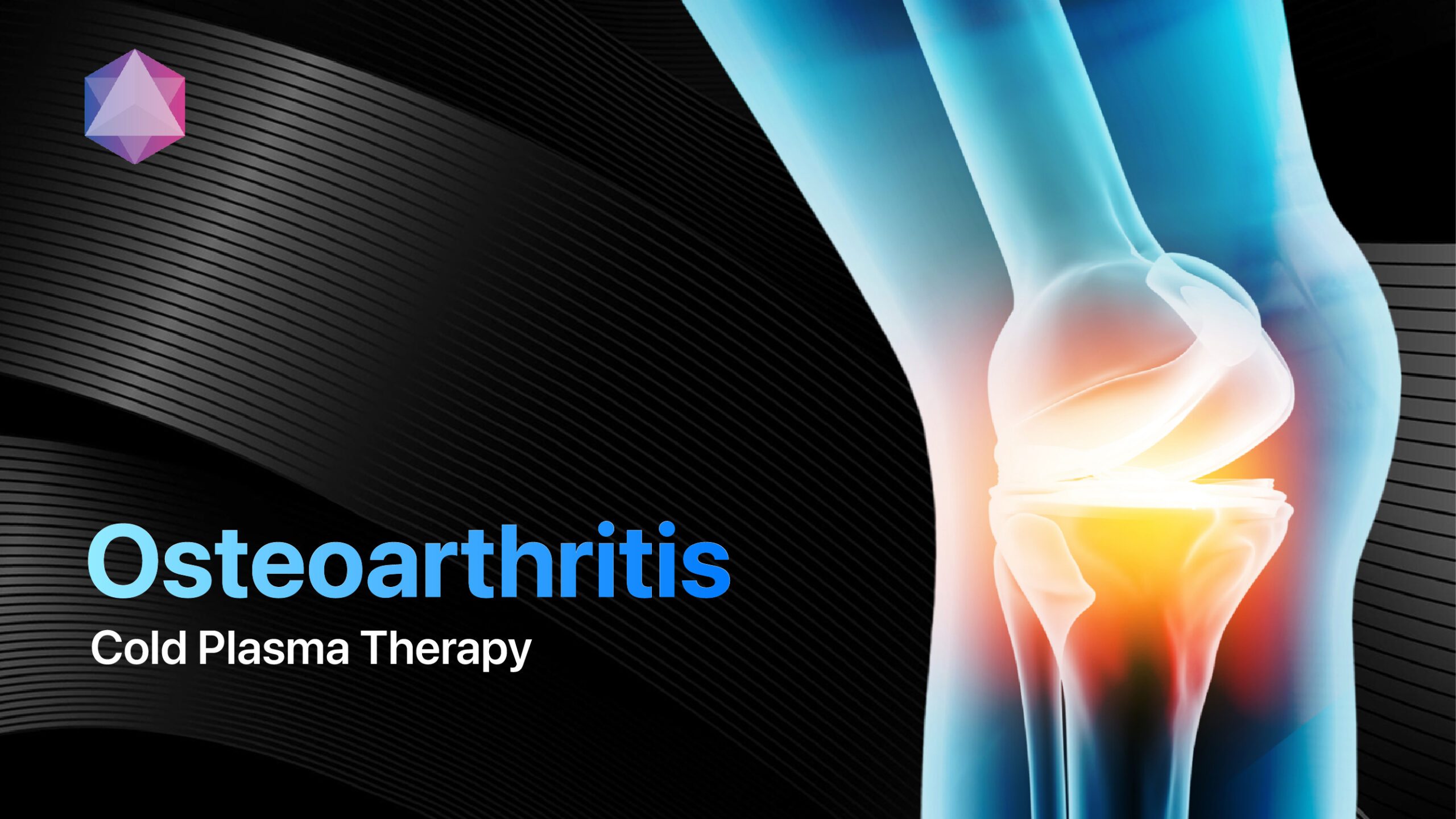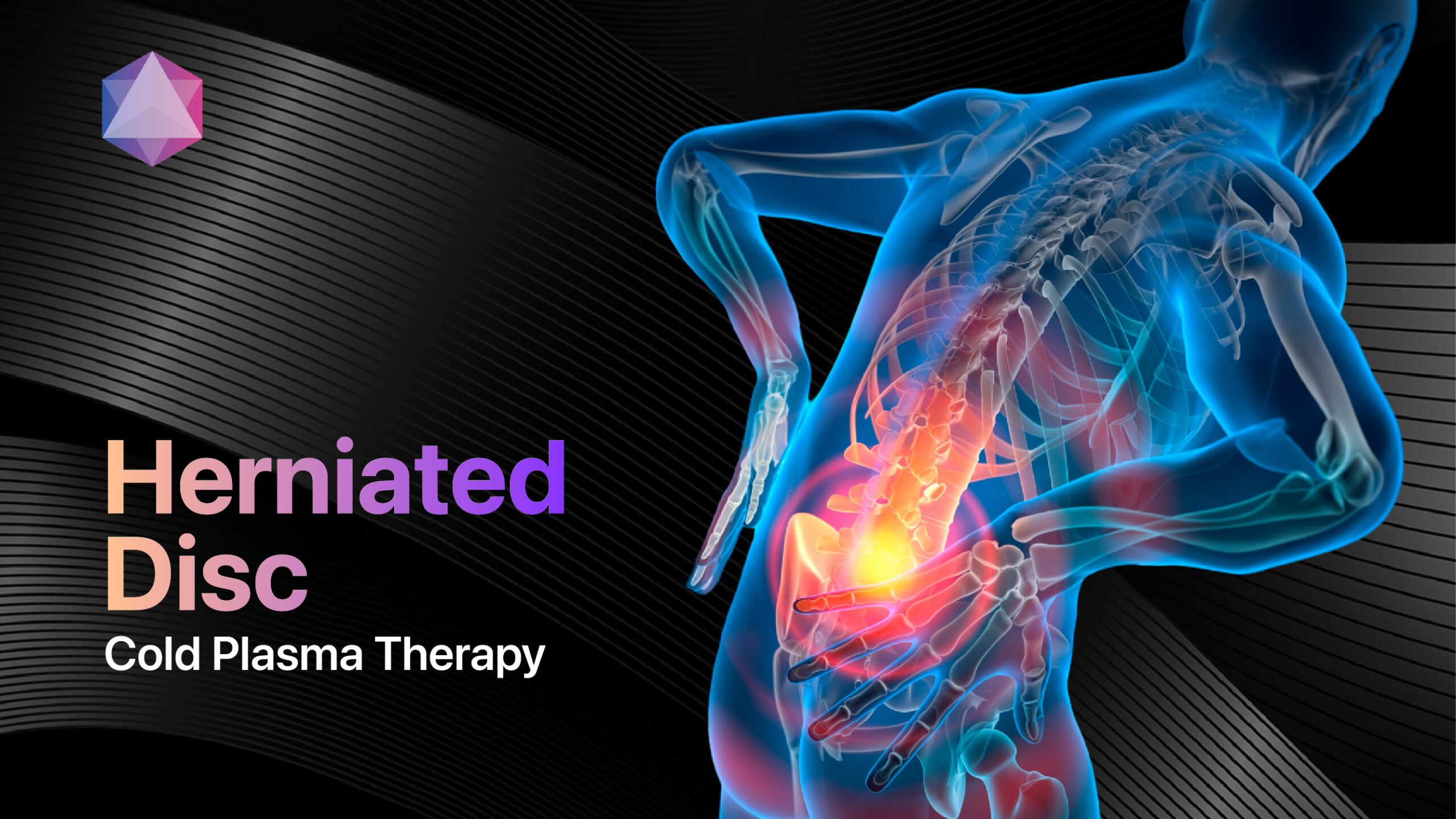
Herniated disc affects millions of people worldwide, causing severe pain and disability when the soft inner material of a spinal disc pushes through its outer shell[1]. This common spinal condition occurs when the nucleus pulposus breaks through the annulus fibrosus, often compressing nearby nerves and creating intense pain that radiates down the arms or legs[2][3]. While 90% of patients recover within six weeks through conservative treatment, understanding modern therapeutic options helps patients make informed decisions about their care.
Revolutionary treatment approaches now include minimally invasive procedures and innovative technologies that provide faster recovery with better outcomes.
Understanding Herniated Disc: The Complete Picture
What Exactly Happens in a Herniated Disc?
Herniated disc occurs when the gel-like center (nucleus pulposus) of a spinal disc pushes through a crack in the tough outer ring (annulus fibrosus)[1]. This creates a “slipped disc” that can compress nearby nerve roots, causing pain that radiates along the nerve pathway.
The condition differs from normal disc wear because it involves actual rupture of disc material rather than simple degeneration. Common locations include:
- Lumbar spine (lower back)—95% of cases
- Cervical spine (neck)—causing arm pain
- Thoracic spine (mid-back)—least common[4]
Key anatomical changes include:
- Nucleus pulposus extrusion through annular tears
- Nerve root compression and inflammation
- Chemical irritation from disc proteins
- Localized swelling and tissue response[5]
Herniated Disc vs. Other Spinal Conditions
Herniated disc differs significantly from other spinal problems:
- Bulging disc: Disc material stays contained within the annulus.
- Degenerative disc disease: Gradual disc height loss over time
- Stenosis: Narrowing of spinal canal from multiple causes
- Herniated disc: Actual rupture with nucleus material escape[6]
Comprehensive Herniated Disc Symptoms
Primary Pain Patterns
A herniated disc creates distinctive pain patterns depending on location and severity:
Lumbar Herniated Disc Symptoms
- Sciatica: Sharp, shooting pain down the leg
- Numbness and tingling in foot and toes
- Muscle weakness in affected leg
- Back pain that worsens with sitting or bending[7]
Cervical Herniated Disc Symptoms
- Radiating arm pain from neck to fingers
- Muscle weakness in arms and hands
- Numbness in specific finger patterns
- Neck stiffness and reduced range of motion[8]
Progressive Symptom Development
Herniated disc symptoms often follow predictable patterns:
Acute phase (0-6 weeks):
- Severe pain and limited mobility
- Significant functional impairment
- Possible neurological symptoms
Subacute phase (6-12 weeks):
- Gradual pain reduction
- Improved function
- Resolution of acute inflammation
Chronic phase (>12 weeks):
- Persistent symptoms requiring intervention
- Potential for permanent nerve damage[2]
| Location | Primary Pain Pattern | Neurological Signs | Functional Impact |
|---|---|---|---|
| L4-L5 Disc | Sciatica to big toe[7] | Foot drop, weakness | Difficulty walking |
| L5-S1 Disc | Posterior leg pain[7] | Calf weakness | Problems with toe walking |
| C5-C6 Disc | Thumb and index pain[8] | Bicep weakness | Grip strength loss |
| C6-C7 Disc | Middle finger pain[8] | Tricep weakness | Arm extension problems |
Root Causes and Risk Factors
Primary Causative Mechanisms
Herniated disc develops through multiple pathways:
Age-Related Degeneration
Disc degeneration represents the most common cause, with proteoglycan loss reducing disc hydration and flexibility. This makes discs more susceptible to tears during normal activities[9].
Acute Trauma
Sudden injury from lifting, twisting, or accidents can cause immediate disc rupture. Poor lifting mechanics, especially with rotation, create excessive pressure on disc structures[10].
Repetitive Stress
Occupational factors, including prolonged sitting, repetitive lifting, and vibration exposure, gradually weaken disc structures. Healthcare workers, construction employees, and drivers face elevated risk[11].
Modifiable Risk Factors
Herniated disc risk increases with:
- Smoking: Reduces disc nutrition and accelerates degeneration
- Obesity: Increases mechanical stress on spinal structures
- Poor physical fitness: Weak core muscles fail to support the spine.
- Incorrect posture: Creates uneven disc pressure distribution
- Genetic predisposition: Family history of disc problems[12]
Revolutionary Treatment Approaches
Conservative Management Excellence
Herniated disc treatment begins with evidence-based conservative approaches:
Activity Modification
Controlled activity proves more effective than bed rest. Patients benefit from:
- Avoiding aggravating positions (prolonged sitting, forward bending)
- Gentle movement to prevent stiffness
- Gradual activity progression as symptoms improve
- Ergonomic workplace modifications[13]
Physical Therapy Programs
Structured exercise forms the foundation of successful treatment:
- McKenzie exercises: Directional preference movements
- Core strengthening: Stabilization of spinal segments
- Neural mobilization: Gentle nerve stretching techniques
- Postural training: Proper body mechanics education[14]
Advanced Non-Surgical Interventions
Modern herniated disc treatment incorporates cutting-edge technologies:
Targeted Injection Therapies
Epidural steroid injections provide precise anti-inflammatory treatment directly at the nerve root level[15]. Success rates reach 70-80% for symptom relief lasting 3-6 months.
Platelet-Rich Plasma (PRP) Therapy
PRP treatment utilizes the body’s healing factors to promote disc repair. Clinical studies show significant pain reduction and functional improvement in patients with contained herniations[16].
Breakthrough Cold Plasma Technology
Cold plasma therapy represents a revolutionary advancement in herniated disc treatment. The Mirari Cold Plasma System, developed by General Vibronics and commercialized through miraridoctor.com, offers innovative pain relief through nitric oxide-based technology[17].
Clinical mechanisms include:
- Anti-inflammatory effects reducing nerve root irritation
- Enhanced tissue repair through cellular regeneration
- Pain pathway modulation blocking nerve transmission
- Improved circulation promoting natural healing[17]
Clinical observations demonstrate significant pain reduction in patients with herniated disc symptoms, offering non-invasive alternatives to traditional treatments.
Minimally Invasive Surgical Options
Plasma Disc Decompression
Plasma disc decompression (PDD) uses controlled energy to remove disc material and reduce pressure on nerves[18]. Clinical trials show:
- 65% pain reduction at one-year follow-up
- 95% patient achievement of minimal clinically important difference
- Excellent safety profile with minimal complications[18]
Ultra-Minimally Invasive Procedures
Endoscopic discectomy allows surgeons to remove herniated disc material through incisions less than one centimeter[19]. Benefits include:
- Same-day discharge for most patients
- Immediate leg pain relief following surgery
- Faster recovery compared to traditional surgery
- Reduced tissue damage and scarring[19]
| Treatment Type | Success Rate | Recovery Time | Best Applications |
|---|---|---|---|
| Conservative Care | 90% within 6 weeks[2] | 6-12 weeks | Acute symptoms, first episode |
| Plasma Decompression | 95% pain improvement[18] | 2-4 weeks | Contained herniations |
| Cold Plasma Therapy | Significant pain reduction[17] | 1-2 weeks | Non-invasive preference |
| Endoscopic Surgery | 85-95% success[19] | 2-6 weeks | Failed conservative treatment |
Diagnostic Excellence
Advanced Imaging Protocols
Herniated disc diagnosis relies on clinical correlation with imaging findings:
MRI Imaging
Magnetic resonance imaging provides detailed soft tissue visualization showing:
- Disc anatomy and integrity
- Nerve root compression location and severity
- Inflammatory changes around affected areas
- Spinal canal dimensions[20]
Clinical Assessment
Physical examination identifies specific patterns:
- Straight leg raise test: Reproduces sciatic pain
- Neurological testing: Evaluates strength, reflexes, sensation
- Provocative maneuvers: Identify pain-generating movements[21]
Differential Diagnosis Considerations
Herniated disc symptoms can mimic other conditions, requiring careful evaluation:
- Piriformis syndrome: Hip muscle irritating sciatic nerve
- Spinal stenosis: Narrowing causing multiple nerve compression
- Facet joint dysfunction: Arthritic changes in spinal joints
- Sacroiliac joint problems: Pelvic joint dysfunction[22]
Long-term Management and Prevention
Activity Modification Strategies
Successful herniated disc management requires lifestyle adaptations:
Ergonomic Principles
- Proper lifting techniques: Knee bending, back straight
- Workstation setup: Monitor at eye level, supportive seating
- Sleep positioning: Side-lying with pillow support
- Exercise selection: Low-impact activities preferred[23]
Core Strengthening Programs
Strong core muscles provide spinal stability and reduce reinjury risk:
- Plank exercises: Isometric core activation
- Dead bug patterns: Coordinated arm-leg movements
- Bird dog exercises: Balance and stability challenges
- Modified Pilates: Controlled movement patterns[14]
Prognosis and Expectations
Herniated disc outcomes depend on multiple factors:
Excellent prognosis factors:
- Young age and good general health
- Acute symptoms less than 6 weeks duration
- Contained herniation without fragment migration
- Good compliance with treatment recommendations[24]
Recovery timelines typically involve:
- 2-6 weeks: Acute pain resolution
- 6-12 weeks: Functional improvement
- 3-6 months: Return to full activities
- 1 year: Long-term stability assessment[25]
FAQ: Essential Questions About Herniated Disc
What are the main symptoms of a herniated disc?
Herniated disc symptoms include sharp, shooting pain that radiates down the arm or leg, numbness and tingling in specific nerve distributions, and muscle weakness[7][8]. Pain typically worsens with sitting, bending forward, or coughing and may improve with walking or lying down[1].
How long does it take for a herniated disc to heal?
Most herniated discs heal within 6-12 weeks with conservative treatment, as 90% of patients recover without surgery[2]. Acute symptoms often improve within 2-6 weeks, while complete functional recovery may take 3-6 months depending on severity and treatment compliance[25].
What treatments are most effective for herniated discs?
Most effective herniated disc treatments combine activity modification, physical therapy, and targeted interventions[13][14]. Conservative care succeeds in 90% of cases, while advanced options like plasma disc decompression show 95% success rates for appropriate candidates[18]. Cold plasma therapy offers promising noninvasive alternatives with significant pain reduction[17].
When should I consider surgery for a herniated disc?
Surgery should be considered when conservative treatment fails after 6-12 weeks or immediately for severe neurological symptoms like significant weakness or loss of bowel/bladder control[19]. Modern minimally invasive procedures offer 85–95% success rates with a faster recovery than traditional surgery[19].
Can herniated discs be prevented?
Yes, many herniated discs are preventable through proper body mechanics, regular exercise, maintaining a healthy weight, and avoiding smoking[23]. Core strengthening, ergonomic practices, and stress management significantly reduce risk[14]. Early intervention for back pain prevents progression to disc herniation in many cases.
Herniated disc represents a complex condition requiring comprehensive understanding and individualized treatment approaches. Modern medicine offers numerous effective options, from conservative care to revolutionary technologies like cold plasma therapy. Early recognition and appropriate treatment lead to excellent outcomes for most patients, allowing a return to pain-free, active lifestyles.
References
- Mayo Clinic. (2023). Herniated disk – Symptoms and causes. Available at: https://www.mayoclinic.org/diseases-conditions/herniated-disk/symptoms-causes/syc-20354095
- Cleveland Clinic. (2024). Herniated Disk: What It Is, Diagnosis, Treatment & Outlook. Available at: https://my.clevelandclinic.org/health/diseases/12768-herniated-disk
- Johns Hopkins Medicine. (2024). Herniated Disk. Available at: https://www.hopkinsmedicine.org/health/conditions-and-diseases/herniated-disk
- American Academy of Orthopaedic Surgeons. (2022). Herniated Disk in the Lower Back. Available at: https://orthoinfo.aaos.org/en/diseases–conditions/herniated-disk-in-the-lower-back/
- Harvard Health Publishing. (2021). Herniated disk: Symptoms, treatment, and recovery. Available at: https://www.health.harvard.edu/pain/herniated-disk-symptoms-treatment-and-recovery
- Spine-health. (2023). Understanding the Difference Between Bulging and Herniated Discs. Available at: https://www.spine-health.com/conditions/herniated-disc/understanding-difference-between-bulging-and-herniated-discs
- WebMD. (2024). Herniated Disc: Symptoms, Causes, Treatments. Available at: https://www.webmd.com/back-pain/guide/pain-management-herniated-disc
- North American Spine Society. (2023). Cervical Herniated Disc. Available at: https://www.spine.org/KnowYourBack/Conditions/Degenerative-Conditions/Cervical-Herniated-Disc
- Nature Reviews Disease Primers. (2021). Disc degeneration and low back pain. Available at: https://www.nature.com/articles/s41572-021-00304-x
- Journal of Biomechanics. (2022). Mechanisms of acute disc herniation. Available at: https://www.sciencedirect.com/science/article/pii/S0021929022001075
- Occupational Medicine. (2023). Work-related risk factors for herniated disc. Available at: https://academic.oup.com/occmed/article/73/4/123/7145632
- Genetics in Medicine. (2022). Genetic predisposition to disc herniation. Available at: https://www.nature.com/articles/s41436-022-01234-5
- Physical Medicine and Rehabilitation Clinics. (2023). Conservative management of herniated disc. Available at: https://www.pmr.theclinics.com/article/S1047-9651(23)00024-7/fulltext
- Journal of Physical Therapy Science. (2023). Exercise therapy for lumbar disc herniation. Available at: https://www.jstage.jst.go.jp/article/jpts/35/5/35_jpts-2023-123/_article
- Pain Medicine. (2023). Epidural steroid injections for disc herniation. Available at: https://academic.oup.com/painmedicine/article/24/8/891/7145234
- BMC Musculoskeletal Disorders. (2023). Platelet-rich plasma for lumbar disc herniation. Available at: https://bmcmusculoskeletdisord.biomedcentral.com/articles/10.1186/s12891-023-06429-3
- LinkedIn. (2024). MIRARI® Cold Plasma System for herniated disc treatment. Available at: https://www.linkedin.com/posts/miraridoctor_mirari-doctor-the-secret-to-cell-rejuvenation-activity-7218471991354249217-m9PC
- PMC. (2009). Plasma disc decompression for contained cervical disc herniation. Available at: https://pmc.ncbi.nlm.nih.gov/articles/PMC2899766/
- University Hospitals. (2025). A New Way to Treat Herniated Discs, With Less Pain and Downtime. Available at: https://www.uhhospitals.org/blog/articles/2025/07/new-way-to-treat-herniated-discs
- Radiology. (2023). MRI evaluation of disc herniation. Available at: https://pubs.rsna.org/doi/10.1148/radiol.231245
- Spine. (2023). Clinical diagnosis of lumbar disc herniation. Available at: https://journals.lww.com/spinejournal/Fulltext/2023/06150/Clinical_Diagnosis_of_Lumbar_Disc_Herniation__A.12.aspx
- European Spine Journal. (2023). Differential diagnosis of disc herniation. Available at: https://link.springer.com/article/10.1007/s00586-023-07823-4
- Spine Journal. (2023). Prevention strategies for disc herniation. Available at: https://www.thespinejournal.com/article/S1529-9430(23)00234-5/fulltext
- Neurospine. (2025). Treatment guidelines for lumbar disc herniation. Available at: https://www.e-neurospine.org/journal/view.php?number=1714
- Journal of Neurosurgery Spine. (2023). Long-term outcomes of herniated disc treatment. Available at: https://thejns.org/spine/view/journals/j-neurosurg-spine/39/2/article-p123.xml
Related articles
Made in USA


